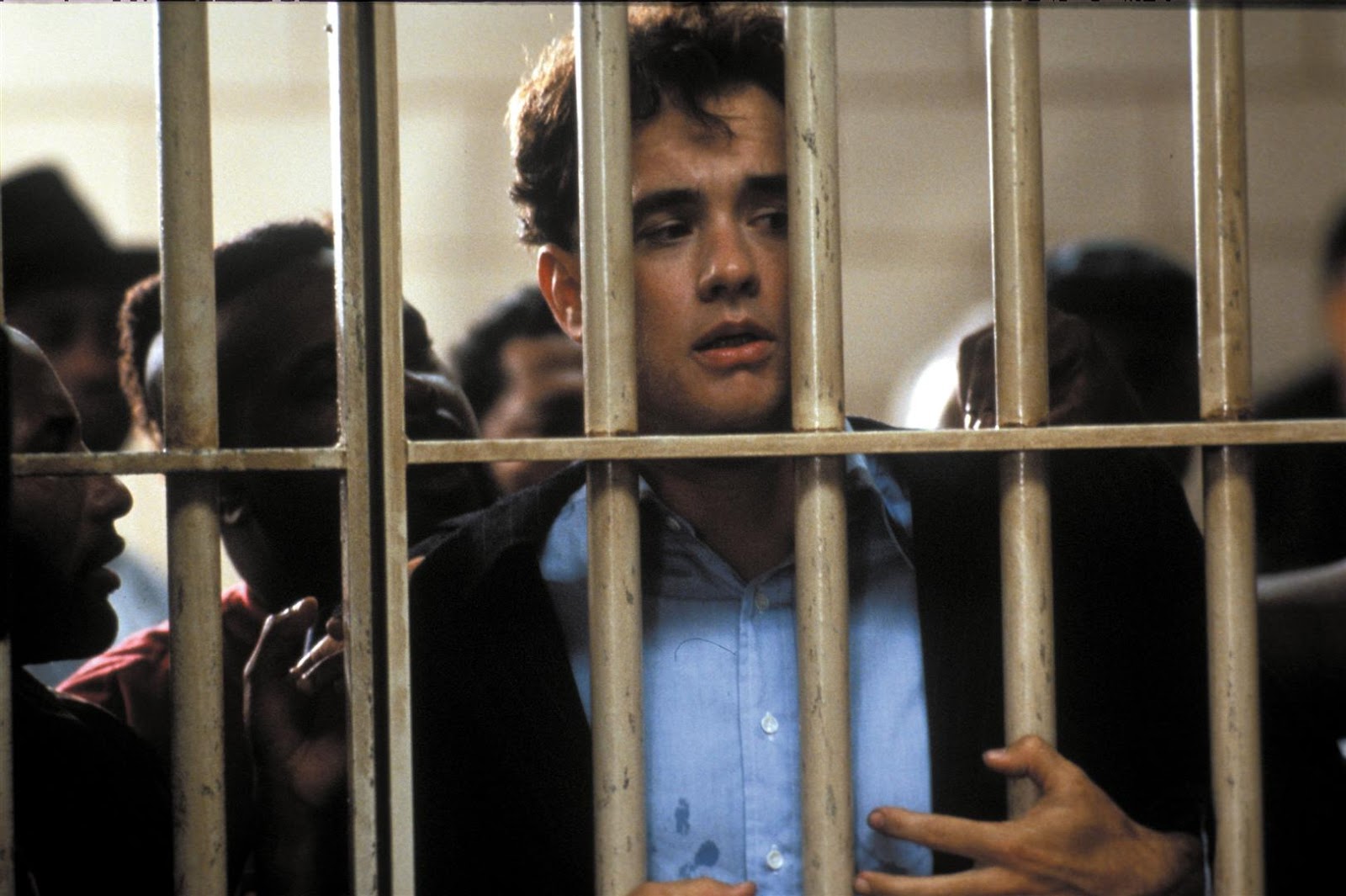
He came to the office one Friday in July and we worked on the text together all morning and into the lunch hour. When he delivered a fresh batch of typed pages from part two of the novel, I would reward him by relinquishing a batch of typeset proofs from part one, which he was free to revise to his heart’s content. Tom would mark up typed chapters of part one and hand them over to us, and we would edit, copy-edit, and set them in type, while he was marking up typed chapters of part two-and while he was also, we hoped, writing the ending of the novel, which would run to about twenty-five thousand words. He loved revising that way, marking up page proofs especially, and, with this in mind, several of us at FSG devised a plan to “crash” the book through to publication by treating it as a giant two-parter.

Straus, who had published Wolfe for three decades, summed it up: “Now all he has to do is finish the fucker!”Īt the time, the text was a couple of thousand pages, typed-on a typewriter-with triple spacing, a practice that gave Wolfe room to revise extensively with a pencil in his elegant handwriting. The titles “Mayflies” and “Red Dogs” had been scrapped, and the protagonist’s name changed to dodge a lawsuit an elaborate die-cut jacket had been approved a Vanity Fair profile had been arranged publication had been set for a certain date in November, and launch events scheduled in Atlanta and in New York, where the ballroom of the Sherry-Netherland Hotel, on Fifth Avenue, was reserved for a weeknight in high social season. To sign up the book, Roger Straus had agreed to part with a sum worthy of the follow-up to “Bonfire.” Jonathan Galassi, the editor-in-chief and the book’s editor, reading draft after draft, had made a crucial intervention: when Wolfe mused aloud that maybe he should set the novel in Atlanta rather than New York, Galassi replied, “Maybe you should.” Lynn Nesbit had sold rights all over the world Jann Wenner had enabled Wolfe to make a few reporting trips in his Gulfstream jet. When I got involved-as an associate editor with his publisher, Farrar, Straus & Giroux-all the hard work had been done.



I found this out during the run-up to the publication of his second novel, “ A Man in Full,” in the summer of 1998. Even after Tom Wolfe came to be recognized as a novelist through the success of “ The Bonfire of the Vanities,” he remained a journalist in one respect: the way to get him to finish a piece of writing was to give him a deadline.


 0 kommentar(er)
0 kommentar(er)
